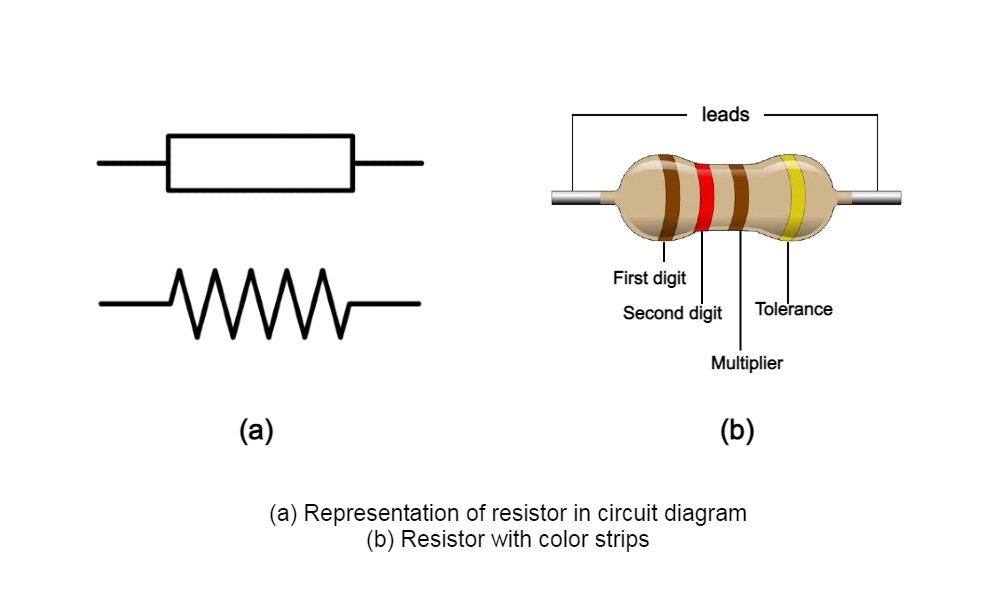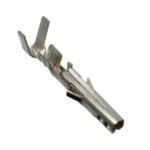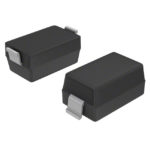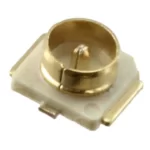What Do Resistors Do In Circuits?
The Resistance of Resistors
Before understanding what do resistors do in circuits, let’s understand what a resistor is. The electrical resistance of a resistor is measured in ohms (Ω). Resistors have a physical size and can be mounted on PCBs. Resistors are passive devices, which means they cannot amplify or attenuate signals. The most common types of resistors used in electronics are carbon film, metal film, and wire wound.

The resistance of a resistor is determined by the length and cross-sectional area of its conductor material. The longer the conductor is, the more resistance it will have; the wider its cross-section area, the less resistance it will have.
For example, if you take two resistors with equal lengths of wire but different diameters, the one with the larger diameter will have less resistance than the one with a smaller diameter. This is because its cross-sectional area is greater than that of the other resistor.
What Resistors Are Made From
Knowing what material a resistor is made of is also important to understand what do resistors do in circuits. Resistors are made from a variety of materials. The most common types of materials are made from carbon, metal oxide, and wirewound.
Resistors can be manufactured using a process called thin-film deposition. In this process, a thin layer of the desired material is deposited onto a substrate. Resistors can also be manufactured using thick-film deposition, which involves printing conductive ink onto the surface of a substrate.
Resistors may also be constructed from semiconductor materials that have been doped with impurities to create an n-type or p-type semiconductor material. For example, silicon doped with boron creates an n-type semiconductor material that is more resistant to current flow than pure silicon.
High-power resistors are usually made out of molybdenum wire coated with a film of nickel. The nickel coating prevents oxidation when it comes in contact with air or humidity in the atmosphere.
What Do Resistors Do In Circuits?
Now let’s discuss what do resistors do in circuits. Resistors are electrical components that resist or reduce the flow of electric current. Resistors are often used in electronic circuits to limit the flow of electrons, protect other components from damage, and control the amount of power transferred from one circuit to another.
Resistors can be used in many different ways in printed circuit boards. In general, resistors limit the current through them – they don’t allow it through at all unless there’s enough voltage to make it happen.
Resistors also protect other components by absorbing excess energy if something goes wrong. If a transistor starts drawing too much current, for example, it will overheat and possibly break down, but a resistor will take the heat instead of letting it destroy the transistor. A resistor might also protect an LED bulb from breaking when there’s too much current going through it.
Voltage dividers are another way resistors can be used in circuits. They divide voltage evenly between two points so that both points have the same voltage — even if one point has more than enough voltage for what it needs to do and one point has not enough voltage for what it needs to do.
How Electrical Current Flows Through a Resistor
Electrical current flows through a resistor in the same direction as the arrow on the resistor. The resistor has a value of 10 ohms, so it can resist 10 amps of current before it breaks down and melts.
The diagram shows how electrical current flows through this resistor. Electrical current always flows from positive to negative, so the current flows from point A to point B through the resistor.
The voltage across a resistor is equal to the voltage supplied by the source minus the voltage drop across the resistor. The voltage across this 10-ohm resistor is 5 volts (V) because this is what’s supplied by our power supply (the battery), which means there must be a drop of 5 volts across this resistor.
How do you Calculate Resistance?
Resistance is a measure of how hard it is for electricity to flow through a material. The higher the resistance, the more difficult it is for electricity to move through it. If there’s no resistance, then electricity will pass through easily. If there’s too much resistance, then not enough electricity will get through and your circuit won’t work.
There are a number of different ways to determine resistance, but they all involve using Ohm’s Law: V=IR
V=Volts (how many volts are in the circuit)
I=Amps (how many amps are flowing)
R=Resistance (what your resistor is rated at)
Why are there Different Types of Resistors?
Resistors come in a variety of shapes, sizes, and packages. All resistors have the same basic function, which is to resist the flow of current. However, there are different types of resistors for different applications.
Power Resistors
Power resistors are used to dissipate heat from electronic devices like power transistors and integrated circuits (ICs). They are also used in higher power rating applications such as motors and welding machines. Power resistors are available in different sizes and wattages (such as 50 W or 100 W), depending on their application.
Chip Resistors
A chip resistor like Panasonic Chip Resistor is a type of resistor that has been manufactured in a single piece of material instead of being wound around a metal core. This makes them very easy to use, as they can be soldered directly into place on circuit boards without any other components being required.
Trimmer Resistors
Trimmer resistors allow you to adjust their resistance value by changing the physical position of the slider within the resistor body. These types of resistors are very useful for adjusting voltage levels across a circuit board without having to replace them entirely, which saves time and money.
Summary
Resistors can be used in all kinds of ways in circuits. Resistors are used to limit the current or voltage that goes through a circuit. The different types of resistors, such as fixed resistors and variable resistors, all have their own applications and uses. If you’re finding the right resistors for your projects, you can through the Bomzon website to choose them, they have many types of resistors for your need.


